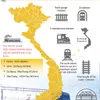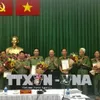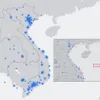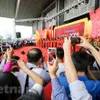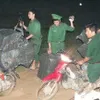Workshop highlights historical significance of Khe Sanh victory
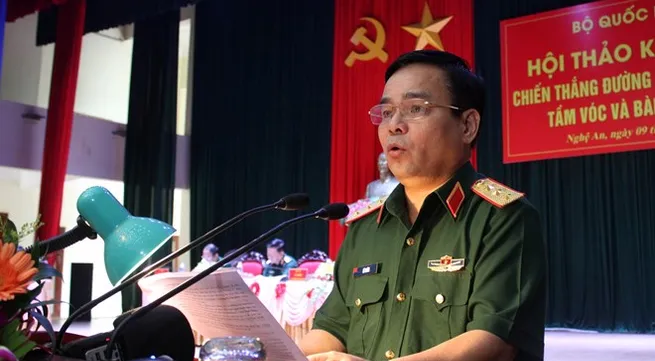
Khe Sanh became the region which gathered the largest number of US soldiers and weaponry, aimed at suppressing the assistance from the north to the south of Vietnam.
During 170 days of fierce fighting at Khe Sanh, the Vietnamese armed forces and people had put out of action 11,900 enemies, shot down 480 aircraft of different kinds, destroyed 120 military vehicles and hundreds of artillery, and seized a substantial amount of weapons.
With the victory on July 9, 1968, Huong Hoa district in Quang Tri province became the first district in the south to be liberated.
Senior Lieutenant General Le Chiem, Deputy Minister of National Defence, said the workshop aimed to highlight the historical significance of the victory.
Workshop participants analysed the domestic and international context of the battle, as well as the preparations and coordination of the Vietnamese armed forces and local people that contributed to the victory.
The direction and creativity of the Vietnamese Party played a crucial role in the victory, according to Major General Nguyen Van Bao, Director of the Political Academy under the Ministry of National Defence.
The triumph demonstrated a mix of strategic and accurate decision-making, appropriate selection of combat zones, and excellent implementation of diversionary tactics by the Vietnamese army, he said.
The workshop received 80 reports analysing the developments of the battle, the build-up behind the victory, and its historical significance.
